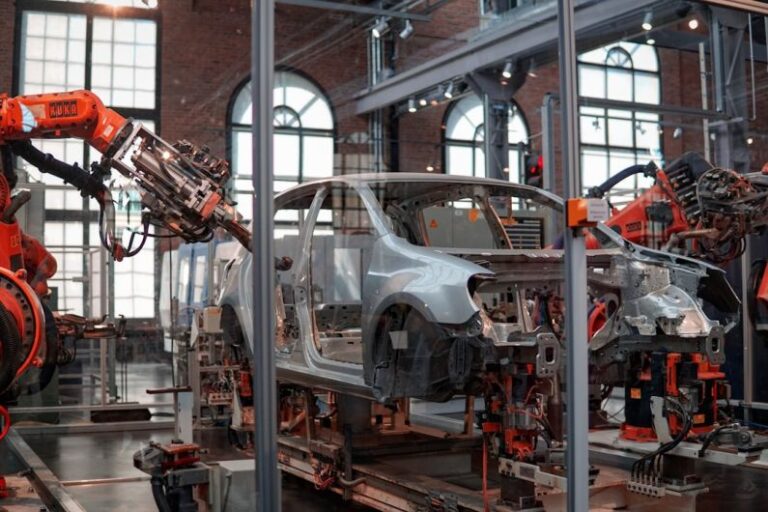Robotic Automation for Pipe Handling
The industrial sector is witnessing a significant transformation with the integration of robotic automation for various processes. One such area where robotic automation is proving to be a game-changer is in pipe handling. Traditionally, pipe handling has been a labor-intensive and time-consuming task, but with the advent of robotics, companies are now able to streamline their operations, improve efficiency, and ensure worker safety. Let’s delve into the world of robotic automation for pipe handling and explore its benefits and applications.
Enhancing Efficiency with Robotic Automation
Robotic automation has revolutionized the way pipes are handled in industrial settings. These sophisticated machines are equipped with advanced sensors and programming that allow them to perform complex tasks with precision and speed. By automating pipe handling processes, companies can significantly reduce the time required to move and position pipes, leading to increased productivity and cost savings.
Robotic systems can be programmed to handle pipes of various sizes and weights, making them versatile and adaptable to different manufacturing environments. Whether it’s lifting, rotating, or transporting pipes, robots excel in performing these tasks efficiently and accurately. This level of precision not only improves operational efficiency but also minimizes the risk of errors and accidents that are common in manual handling operations.
Ensuring Worker Safety and Ergonomics
One of the primary advantages of using robotic automation for pipe handling is the enhancement of worker safety. Manual pipe handling can be physically demanding and hazardous, exposing workers to the risk of injuries such as strains, sprains, and falls. By delegating these tasks to robots, companies can create a safer work environment and protect their employees from potential harm.
Moreover, robotic systems are designed to promote ergonomics in the workplace. They can perform repetitive or strenuous tasks with ease, reducing the strain on human workers and minimizing the risk of musculoskeletal disorders. By improving ergonomics, companies can enhance employee well-being, reduce absenteeism due to work-related injuries, and ultimately boost productivity.
Applications of Robotic Automation in Pipe Handling
Robotic automation for pipe handling finds applications across various industries, including manufacturing, construction, and energy. In manufacturing plants, robots are used to transport pipes between different production stages, ensuring a smooth and efficient workflow. In the construction sector, robots assist in the assembly and installation of pipelines, speeding up construction projects and reducing labor costs.
In the energy industry, robotic automation plays a crucial role in handling pipelines for oil and gas transportation. Robots are used to inspect, repair, and maintain pipelines, ensuring the integrity and safety of the infrastructure. By employing robots for pipe handling tasks, energy companies can improve operational efficiency, minimize downtime, and enhance the reliability of their pipelines.
The Future of Robotic Automation for Pipe Handling
As technology continues to advance, the capabilities of robotic automation for pipe handling are expected to evolve further. Future robotic systems are likely to incorporate artificial intelligence and machine learning algorithms, enabling them to adapt to dynamic environments and make real-time decisions. This level of autonomy will revolutionize pipe handling processes, making them more efficient, flexible, and responsive to changing demands.
Moreover, the integration of Internet of Things (IoT) technology will enable robots to communicate and collaborate with other machines, creating interconnected systems that work in harmony to optimize pipe handling operations. With ongoing research and development in the field of robotics, the future looks promising for the continued growth and adoption of robotic automation in pipe handling.
In conclusion, robotic automation has transformed the way pipes are handled in industrial settings, offering numerous benefits in terms of efficiency, safety, and ergonomics. With its wide range of applications and potential for future advancements, robotic automation is set to revolutionize the pipe handling industry and drive innovation in the years to come. Companies that embrace this technology stand to gain a competitive edge in their respective markets, paving the way for a more efficient and sustainable future.






